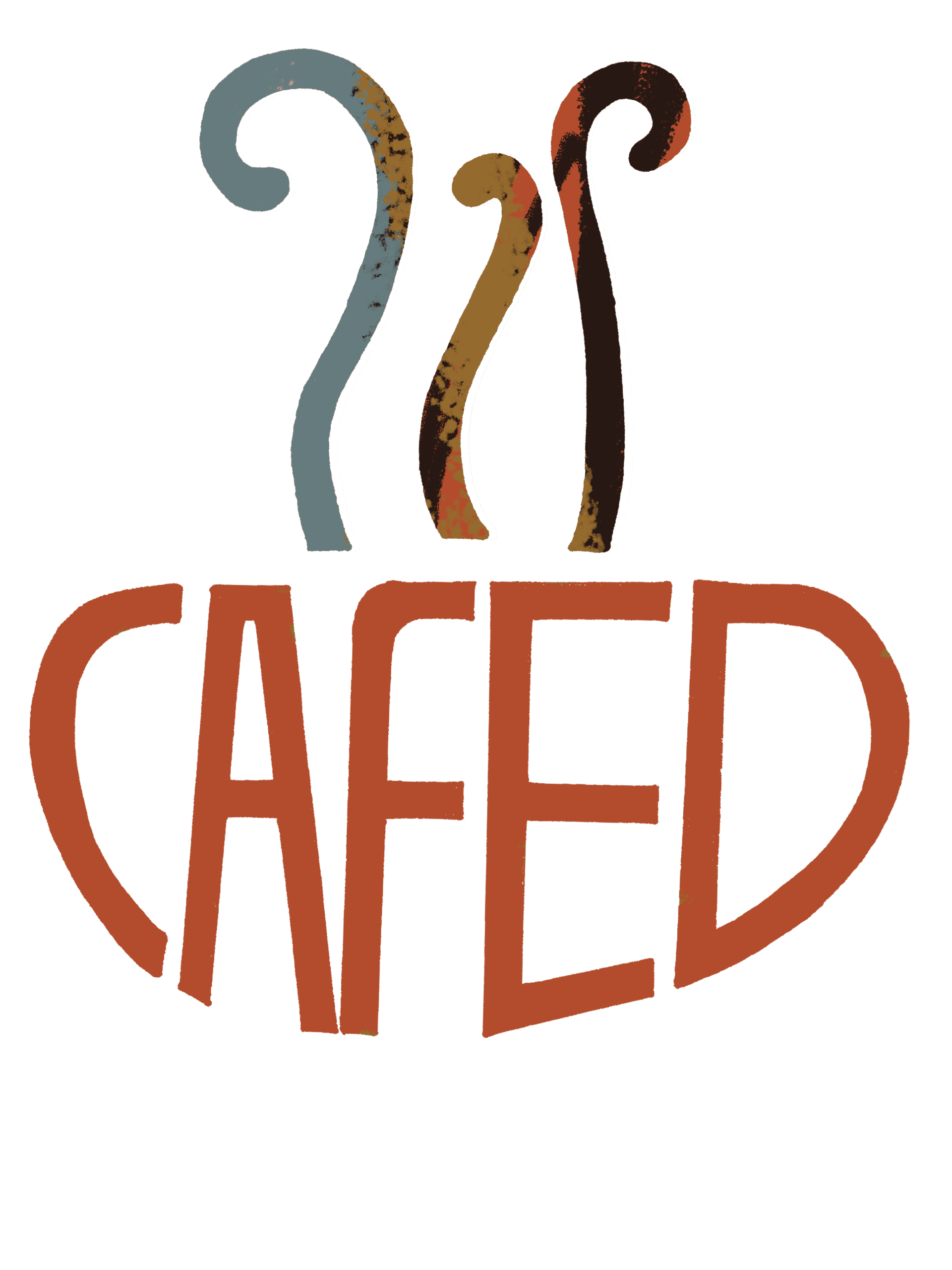
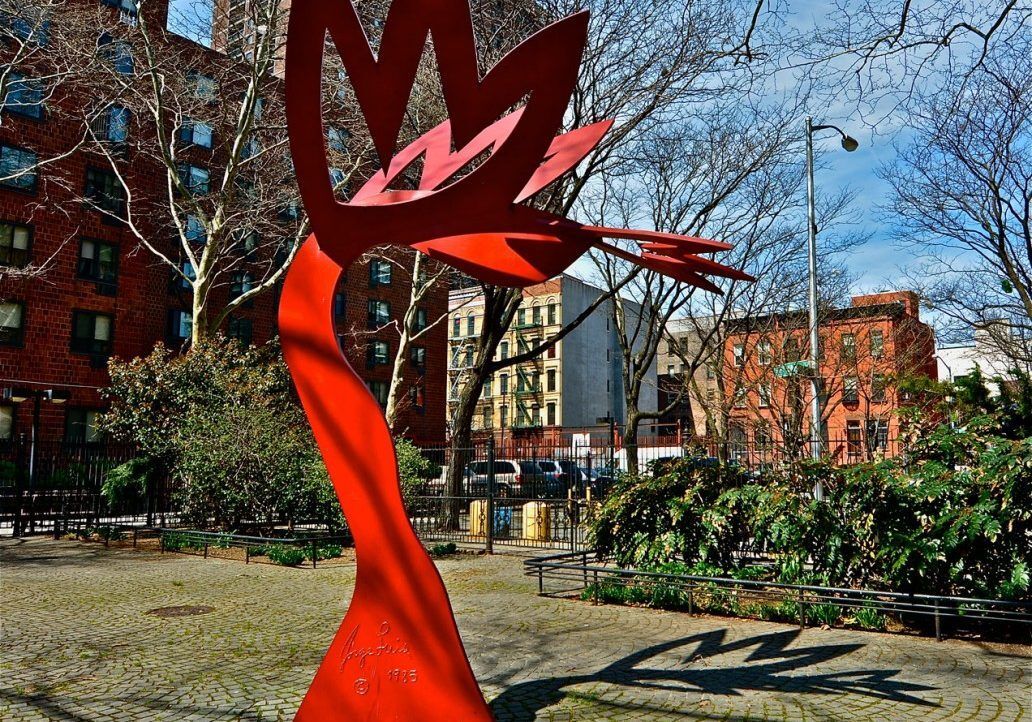
|
Jorge Luis Rodriguez
The work of Jorge Luis Rodriguez (b. 1944, San Juan, Puerto Rico) belongs to a vast, and ever-evolving genealogy. He arrived in New York from Puerto Rico in 1963 and almost immediately began to incorporate elements of Minimalism and Optical Art, two of the burgeoning art movements in the city, into his early drawings and paintings.
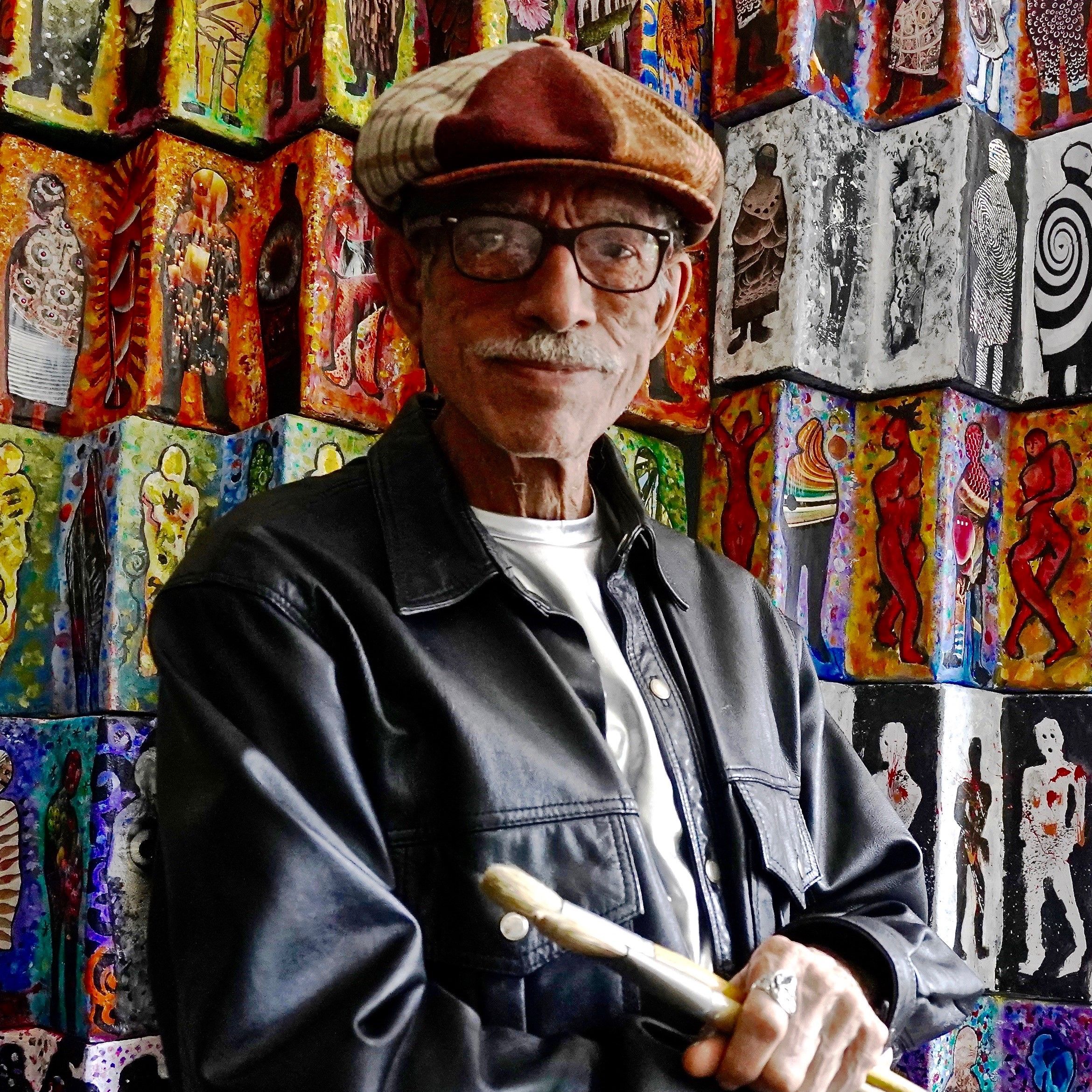
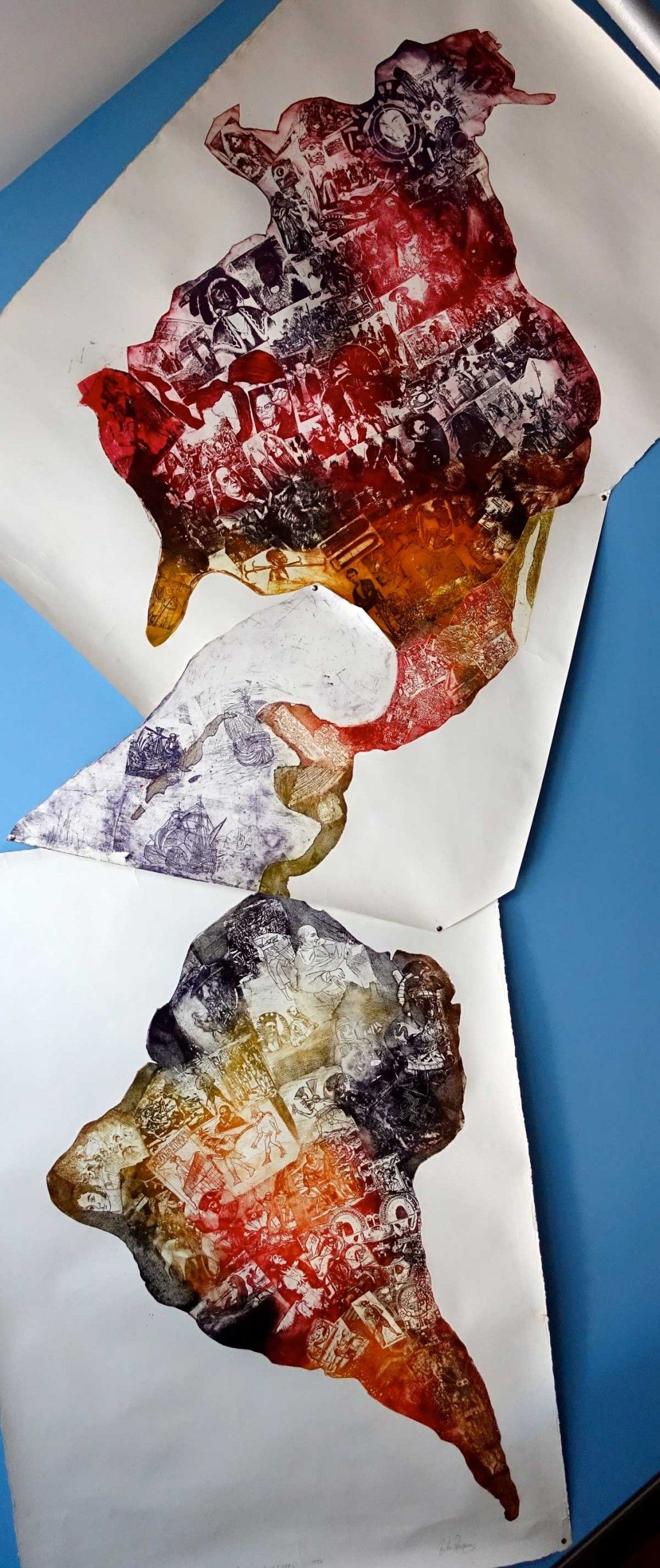
2D Art
Back then, he was a two-dimensional artist. It would be another decade before he would “abandon the canvas” in favor of sculpture.
By the 1970s, he began a successful stint at J. Walter Thompson, a world-renowned New York City-based advertising agency.
The influence of graphic art can be traced back to this experience.
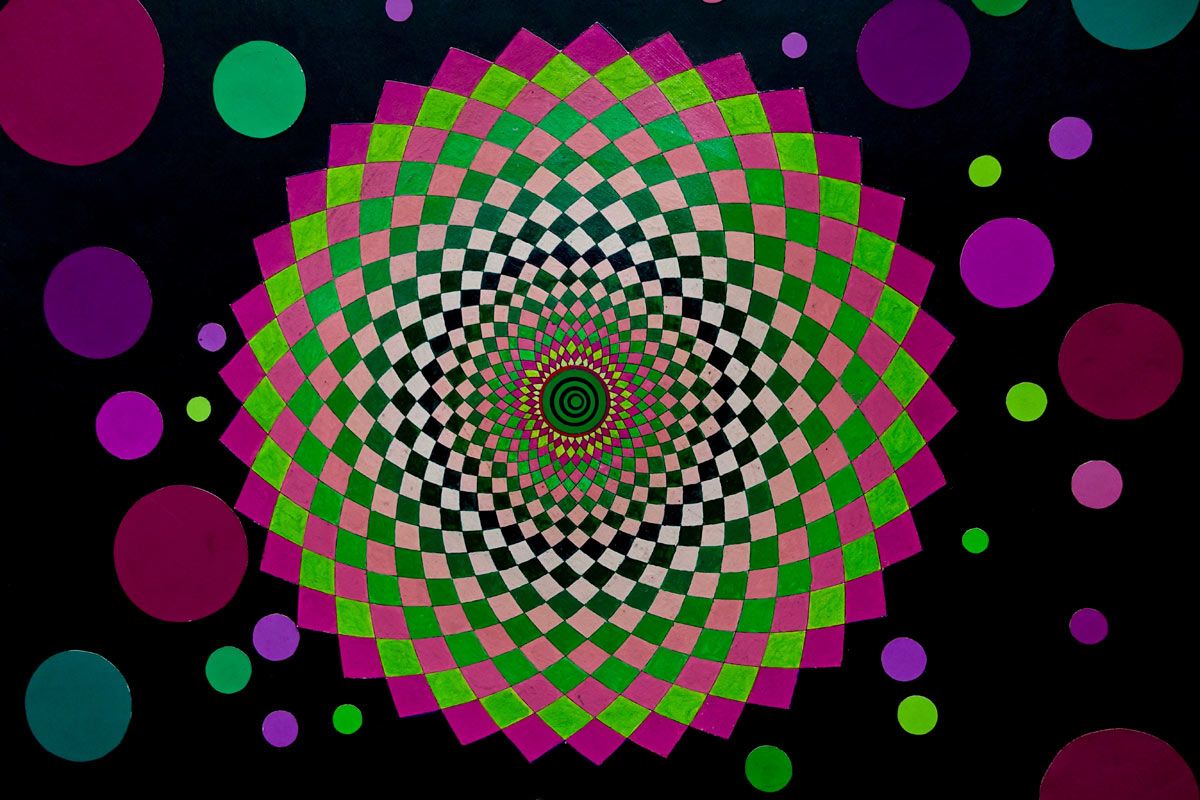
|
Formal Training
In 1972, however, he decided to pursue formal training and enrolled in the School of Visual Arts. His mentors there included George Trakas, Brice Marden, and Louise Bourgeois. The style and influence of each artist can be seen in early works such as The Wait. In 1976, several months prior to his graduation, Jorge Luis would participate in his first professional show as an artist.
Expanding
The following year he obtained his Master’s Degree in Sculpture from New York University, traveling to Venice, Italy to complete his thesis. This marked the beginning of future travels that would continue to expand an already extensive artistic vocabulary and knowledge of art history.
|
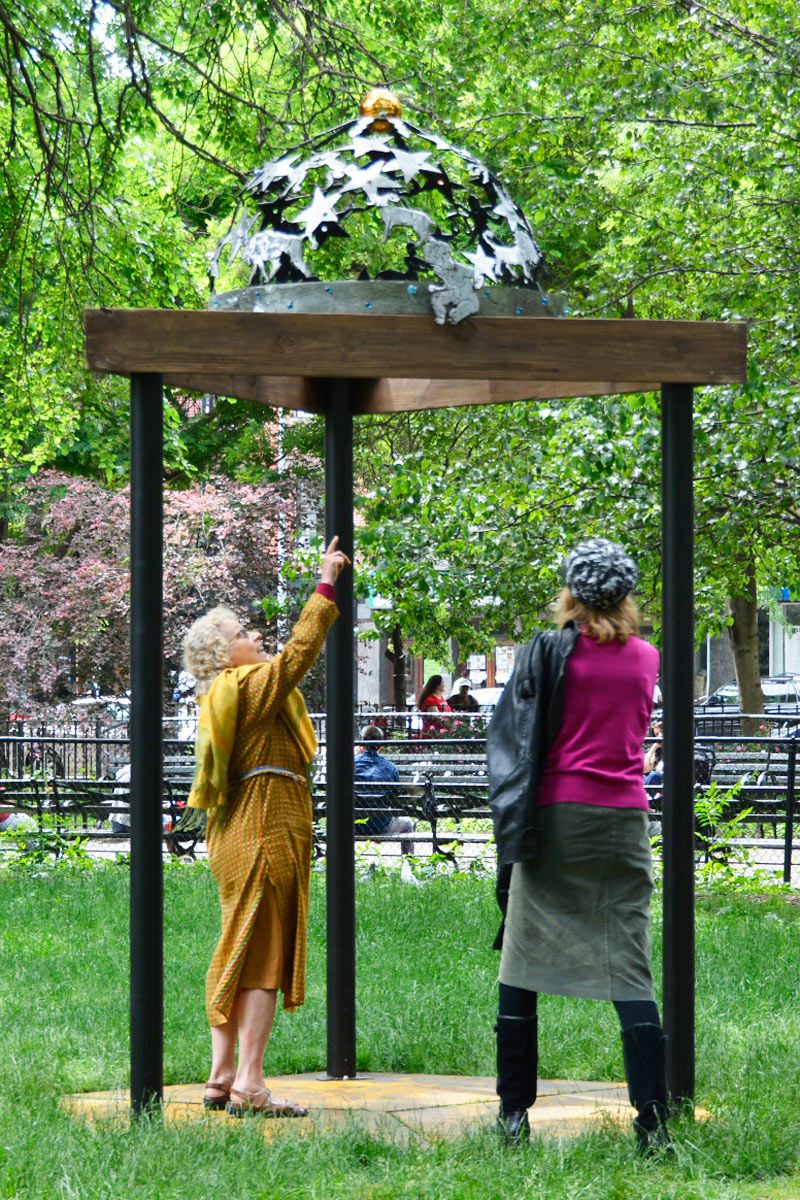
Oracle of the Past, Present, and Future
Sculpture

The Harp
Arts Educator
Afterwards, Jorge Luis began to work as an arts educator, which included teaching posts at Kingsborough College and his alma mater, School of Visual Arts.
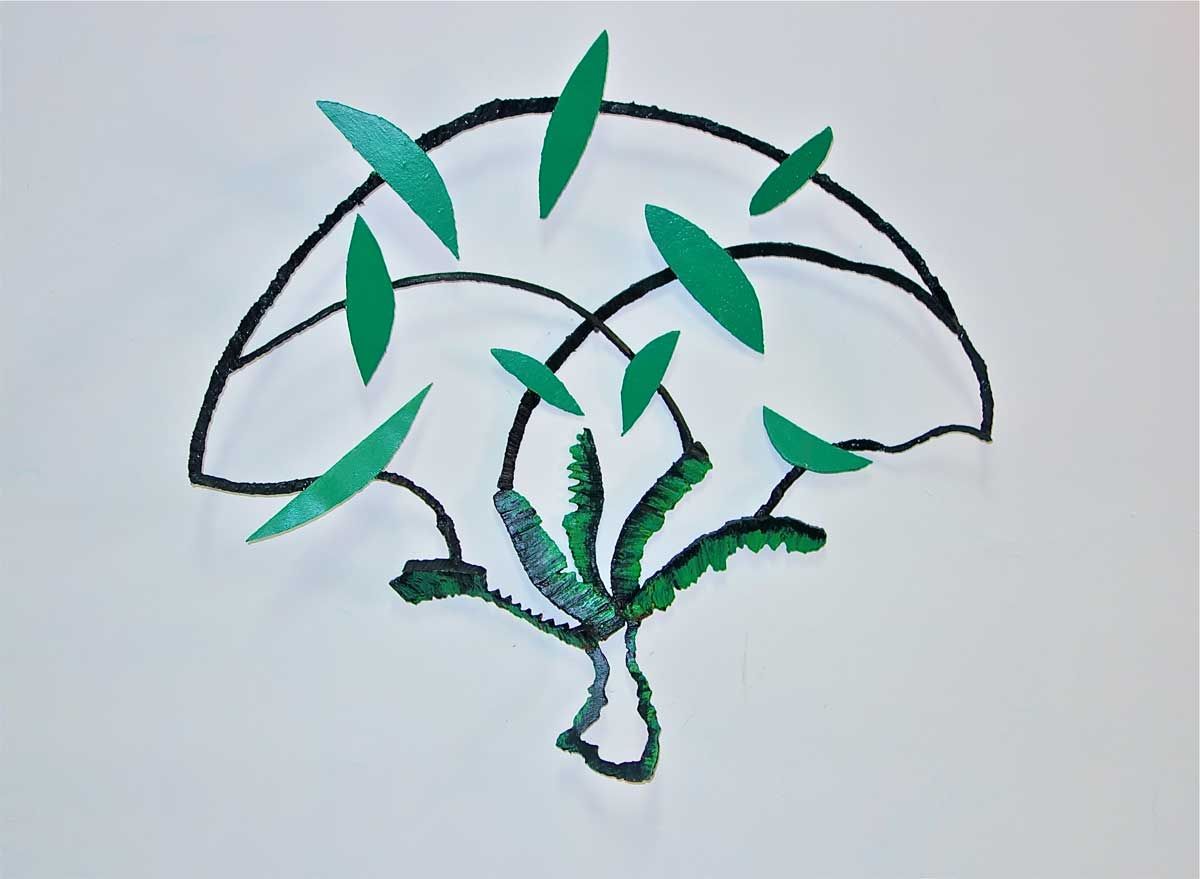
Diversity
Artist in Residence
Another formative experience came in 1980 when he was selected to an artist residency at the Studio Museum in Harlem. There, he met fellow artist residents Charles Abramson and David Hammons. The three would continue to work together on various projects throughout the first half of the decade.
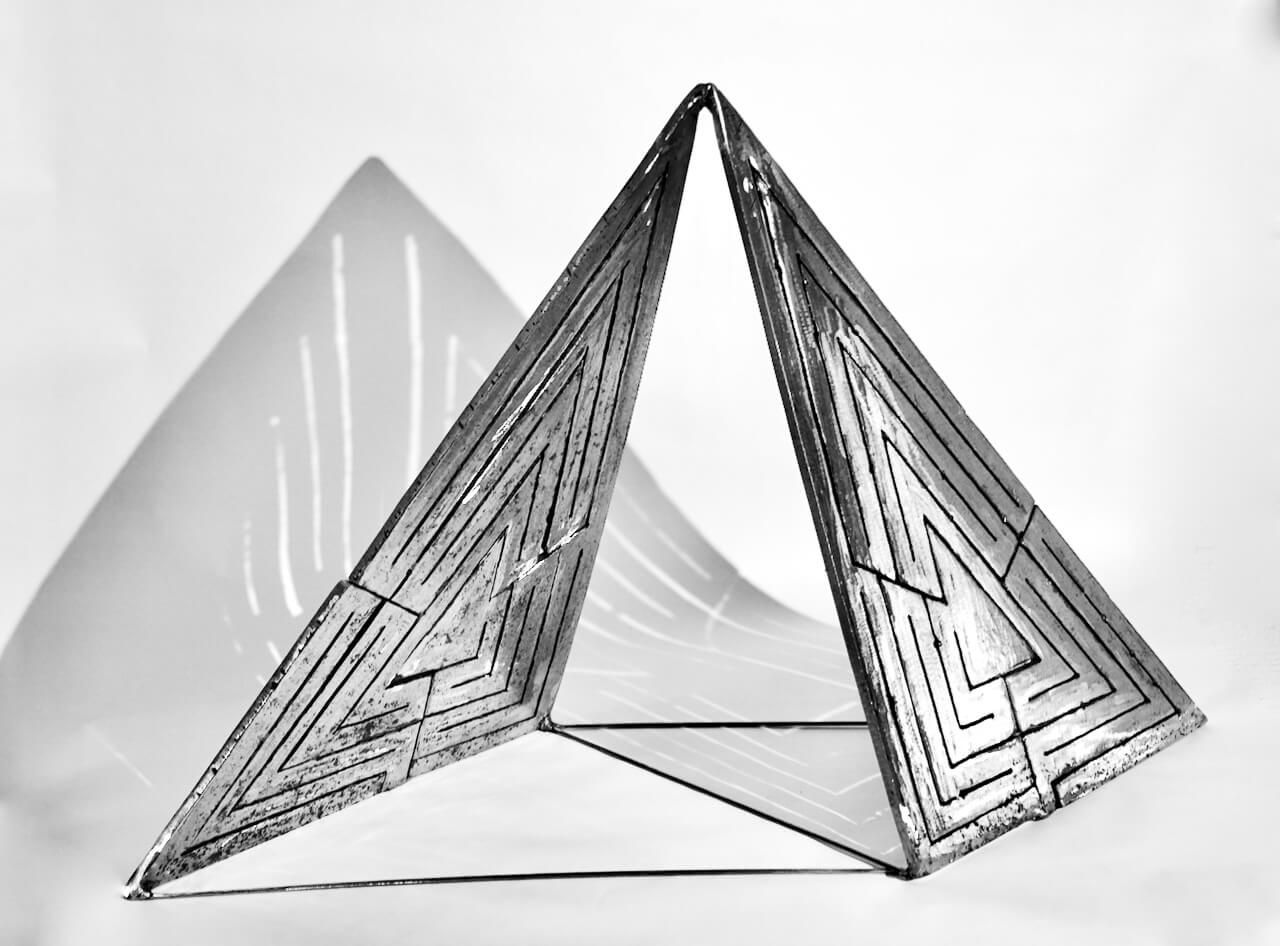
Pyramid
Harlem & SoHo
Much of Jorge Luis’ early career is tied to his experiences in Harlem and SoHo. Each neighborhood played a key role in the development of a multicultural, alternative arts movement, which sought more inclusion and diversity in the mainstream world of contemporary art.
A Monument to 500 Years of the Cultural Reversal of America
Three Year Project
A Monument to 500 Years of the Cultural Reversal of America is one such example. The project required three years in total to develop and incorporated findings from his travel to parts of Mexico, Guatemala, South America, Spain, and northern Africa, where he conducted research. The design of this massive installation, which is reminiscent of a Spanish galleon, also presented the challenge of honing all of the different techniques and materials Jorge Luis wanted to incorporate.
Growth / Crecimiento (1985)
A Piece of Harlem History
Site-specific, or environmental art was also relevant to Jorge Luis’ early career. It was a movement that transcended the confines of the gallery space. Moreover, public installations, much like the public mural, brought artists and communities together. Growth, which was completed in 1985, is an example of this relationship. It was the first work to be completed as part of the New York City Percent for Art Program. Thirty-two years later, the sculpture installation still stands as a historic and enduring imprint on the landscape of Harlem.
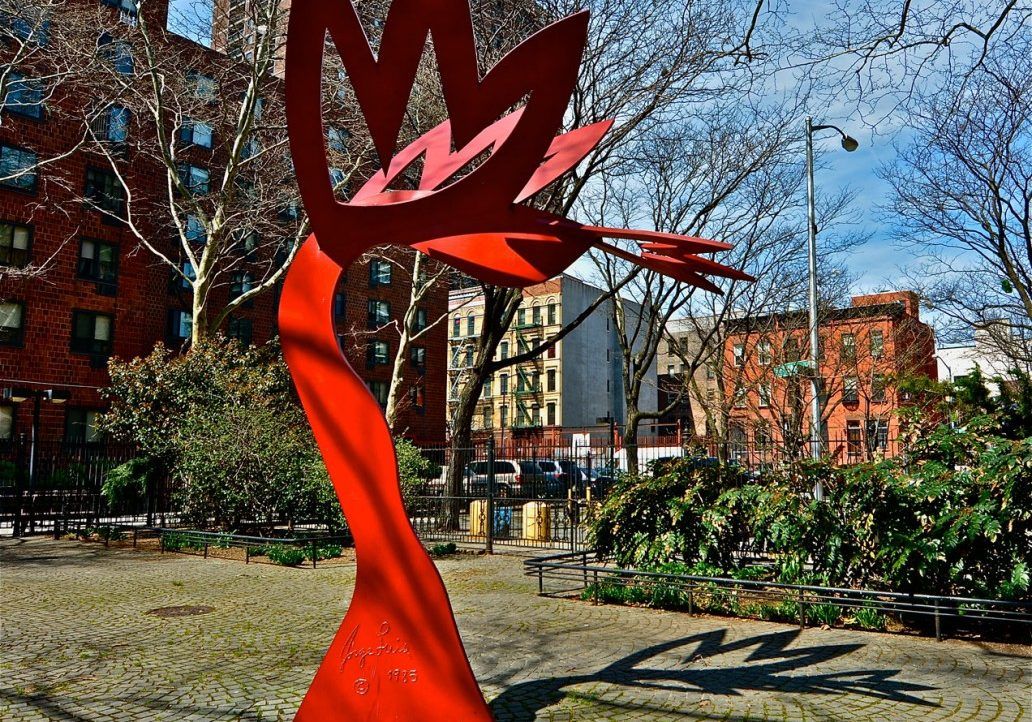
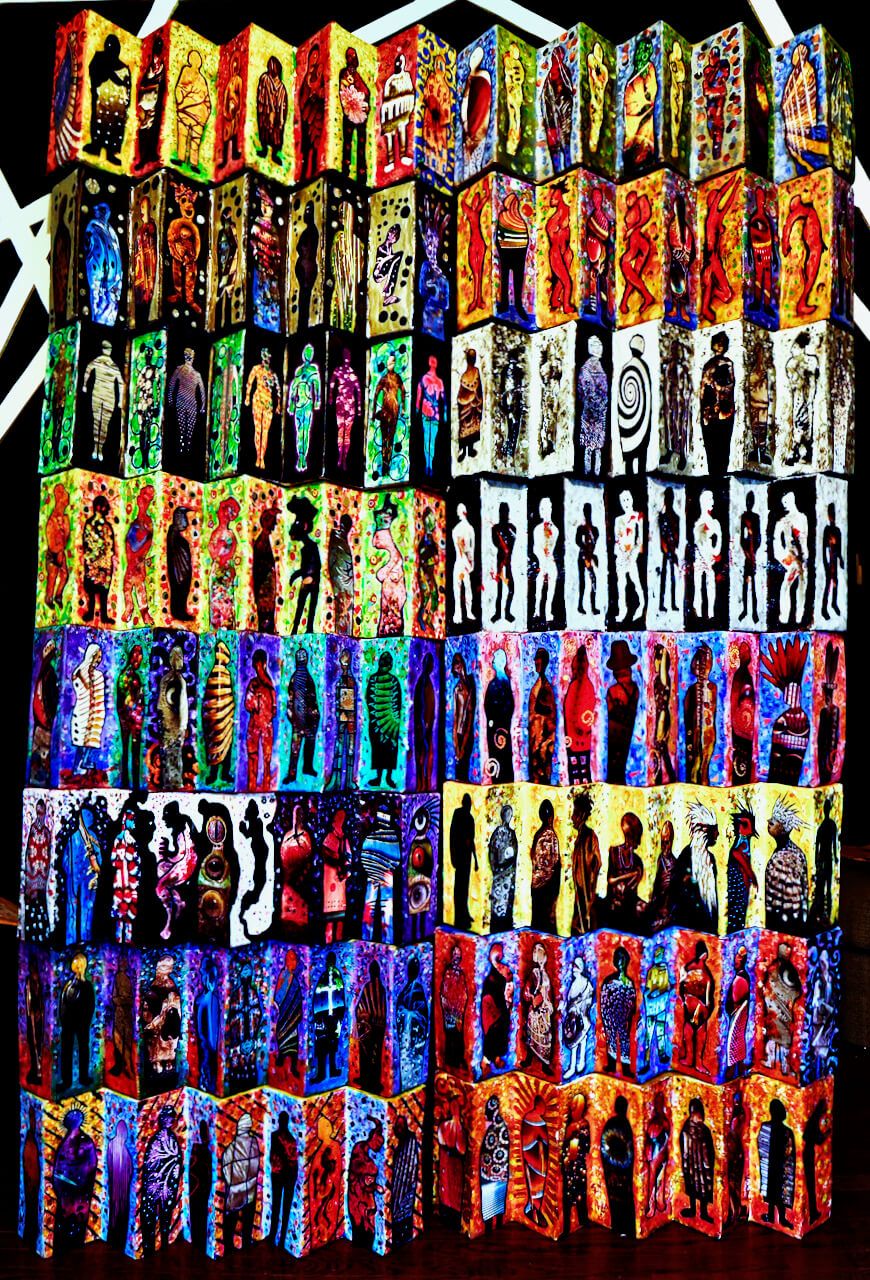
The Missing
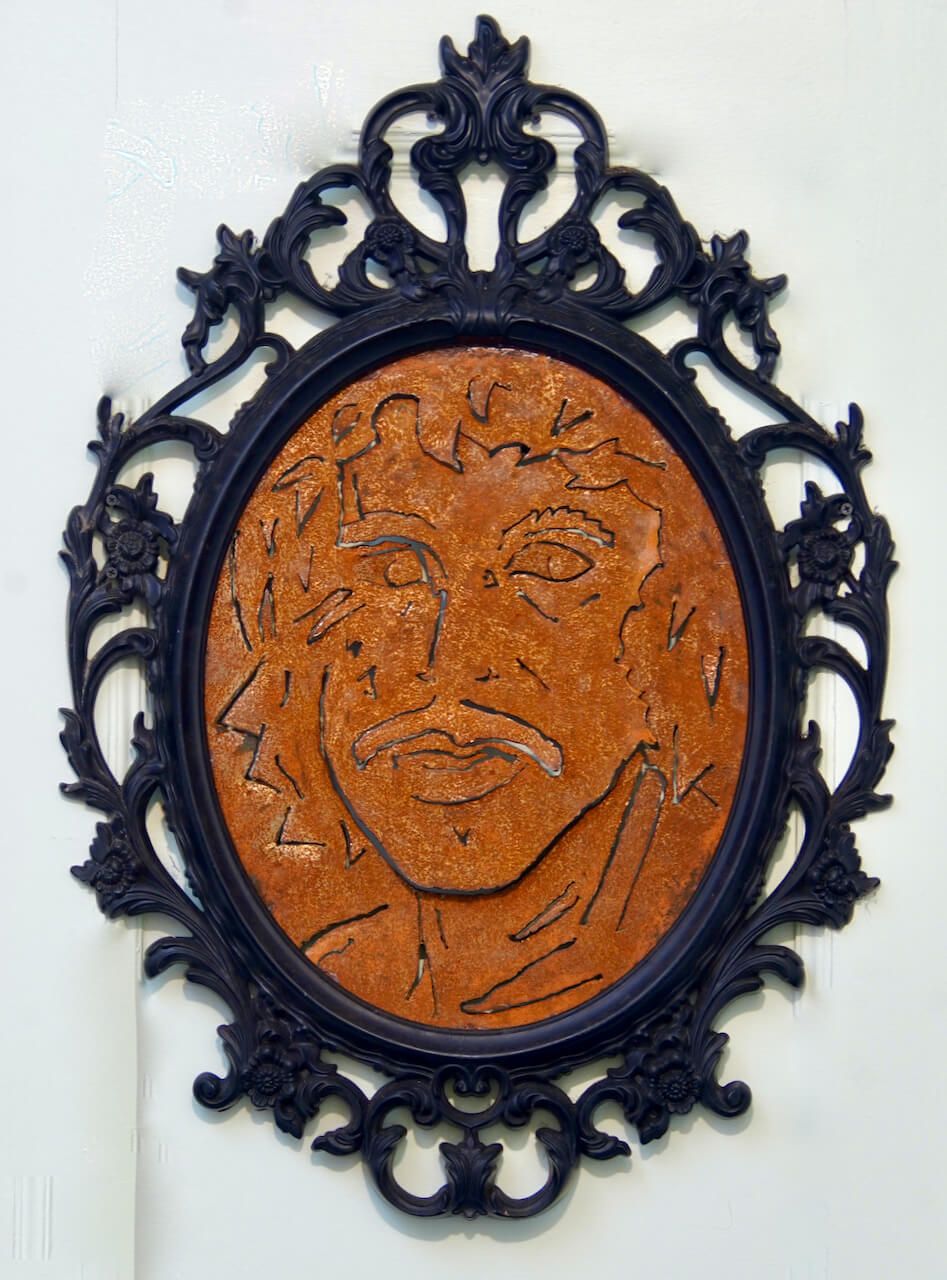
Self Portrait
Exhibition
That same year, Jorge Luis produced ORISHA/SANTOS: An Artistic Interpretation of the Seven African Powers, an ambitious and groundbreaking exhibition that explored the religious iconography of the Santeria religion well before its adoption into a more mainstream context.
The work is also emblematic of the scope of his artistic process in subsequent years, which included a conscious decision to develop projects with a more prolonged gestation.
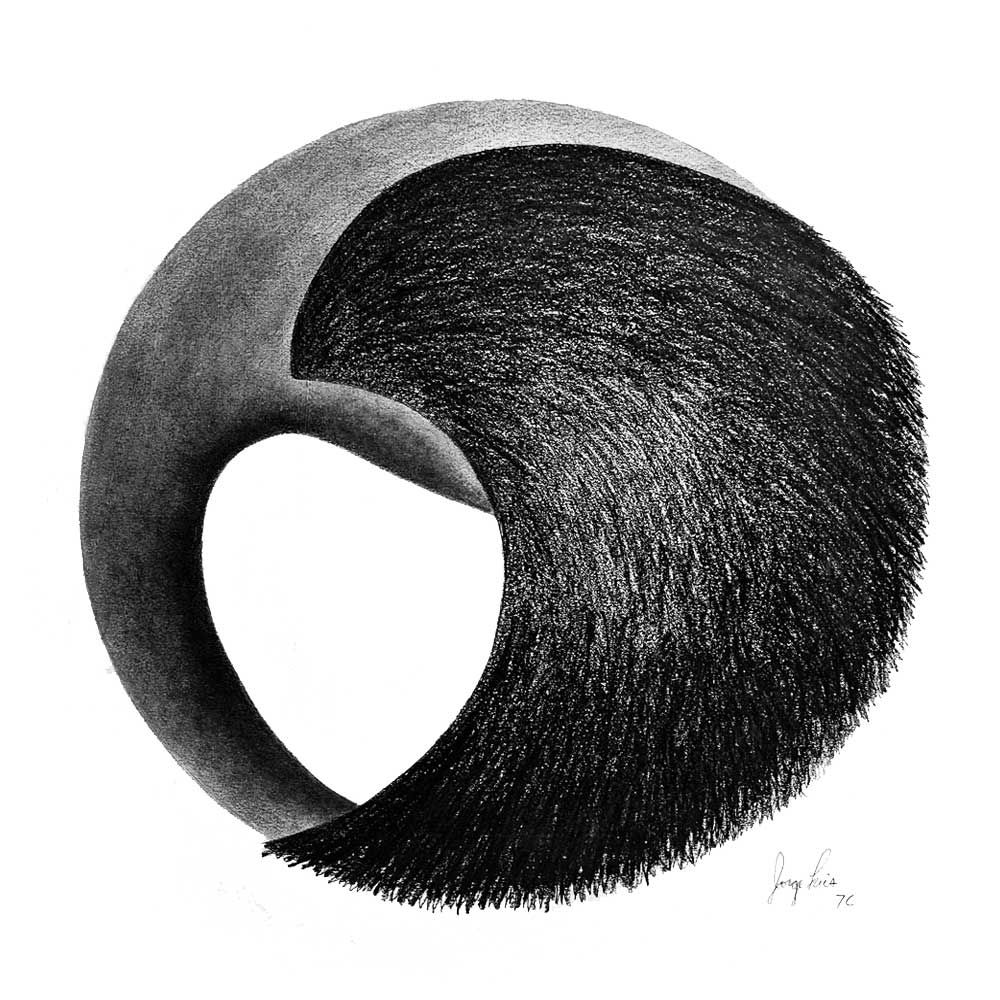

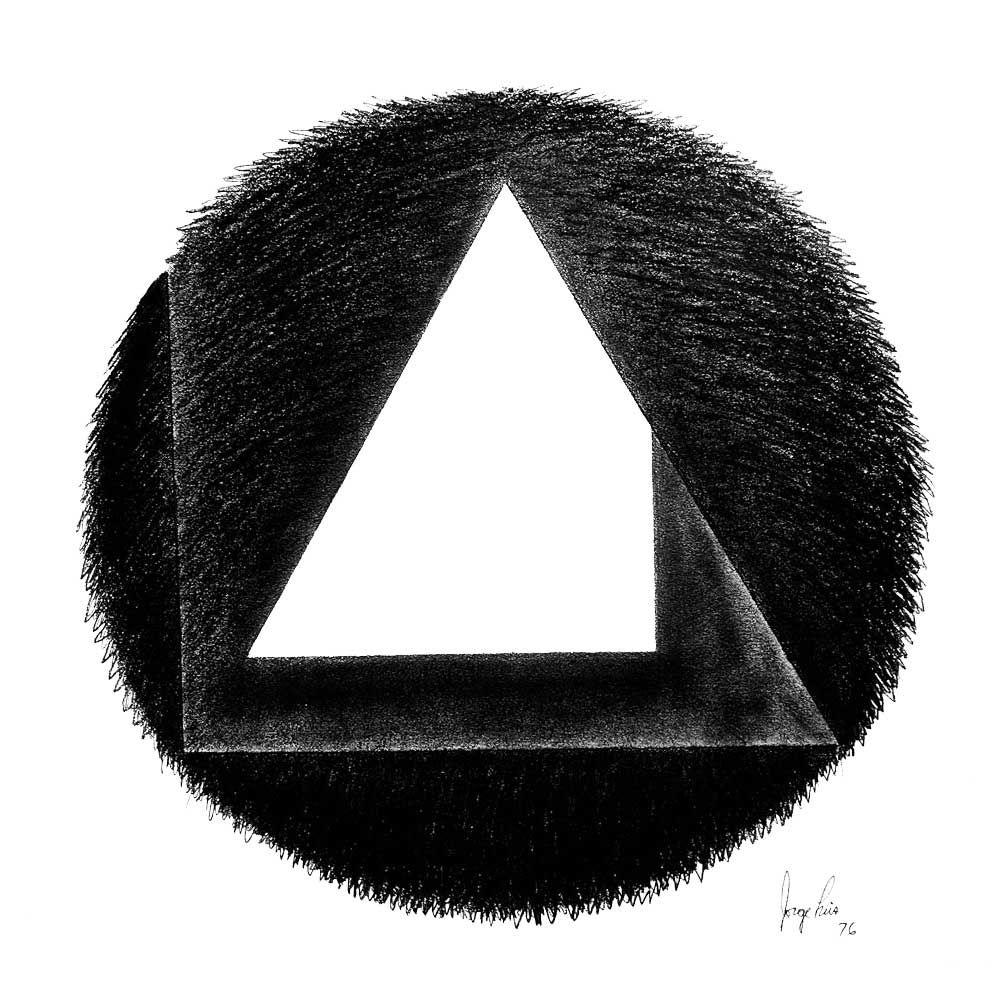
Circular Drawings / Dibujos Circulares (1976)

|
Nestor David Pastor Lopez wrote in 2017:
"In 2003, he retired from teaching in college and has concentrated on his art and tending to his studio. Much of the work that can be found in [Sculptures, Installations, Collaborations] is there, alongside work-in-progress. Other work is strewn about his home. For him, they are remnants of an artistic process that is as demanding as it is inspiring. Yet much of it has never been on public view. So rather than a retrospective, they are part of a private collection, thoughtful works of art that often reflect an impressive, multidisciplinary body of work."
- Jorge Luis Rodriguez



|
Nestor David Pastor Lopez wrote in 2017,
In 2003, he retired from teaching in college and has concentrated on his art and tending to his studio. Much of the work that can be found in [Sculptures, Installations, Collaborations] is there, alongside work-in-progress. Other work is strewn about his home. For him, they are remnants of an artistic process that is as demanding as it is inspiring. Yet much of it has never been on public view. So rather than a retrospective, they are part of a private collection, thoughtful works of art that often reflect an impressive, multidisciplinary body of work.
The journey continues...
- Jorge Luis Rodriguez
Visual Poems
CAfED would love to keep you up to date with special events you don't want to miss. Sign Up to stay informed!


NYC, New York
718-223-4500
[email protected]
Copyright © 2019 - 2024 | Collective Artists for Ethnic Diversity Inc (CAfED) and Respective Copyright Owners of the Artistic Works
All Rights Reserved | Terms & Conditions

